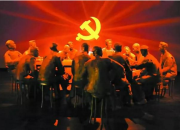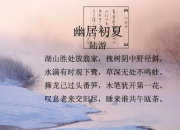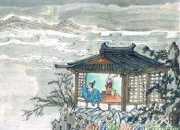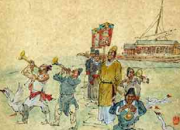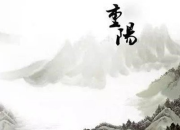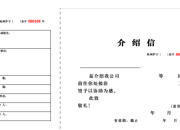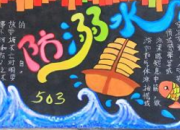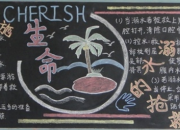GRE试题阅读范文
时间:2021-08-31Time –30 minutes
25 Questions
1. Drug companies lose money when manufacturing drugs that cure those suffering from rare diseases because selling a drug to only a few people usually does not recoup manufacturing expenses.Therefore, a company manufacturing any of the drugs that cure
those suffering from loxemia, an extremely rare disease, will undoubtedly lose money.Which of the following, if true, most seriously weakens the conclusion above?
(A)Several drugs that cure those suffering from loxemia also cure those suffering from very common illnesses.
(B)Most of those who contract loxemia also contract another illness concurrently.
(C)Most of the drug companies that manufacture drugs that cure rare diseases do not manufacture drugs that cure loxemia.
(D)A sizable number of people are afflicted with one or another rare disease even though each rare disease afflicts only a small number of people.
(E)The larger the amount of a drug that is manu-factured, the lower the manufacturing expense for each unit of the drug that is produced.
2.The tomb of a warrior killed in 1501 bears a sculpted portrait depicting him dressed for battle.Some historians attribute the portrait to an artist from that century, but of the many references to the tomb in surviving documents, none that predates the 1800's mentions the portrait.The portrait is therefore more likely the work of a much later artist.Which of the following, if true, would also support the conclusion of the argument if substituted for the evidence given concerning the portrait?
(A)The portrait of the warrior was commissioned by the family of the warrior's widow.
(B)References in surviving documents mention that an artist was paid in 1525 for an unspecified number of works for the church in which the tomb is located
(C)The warrior is depicted
